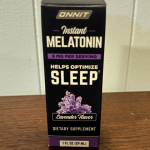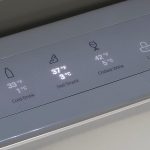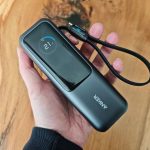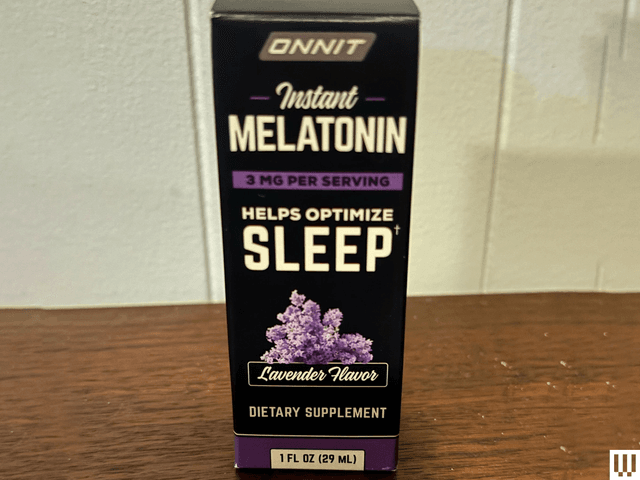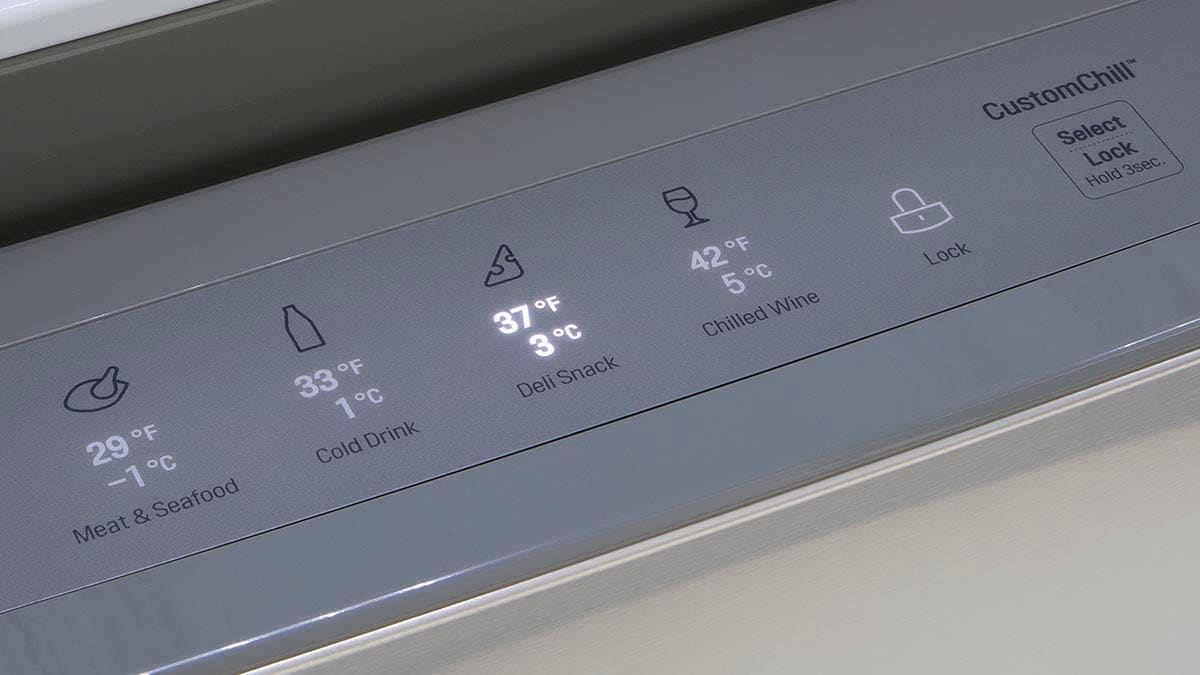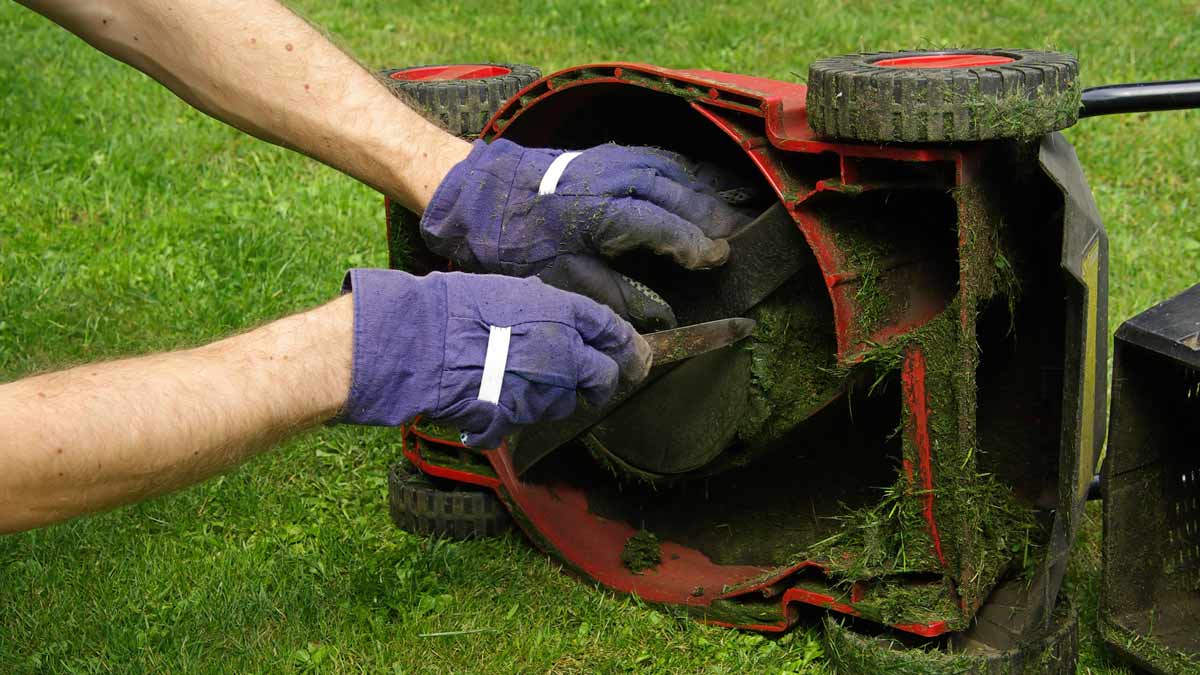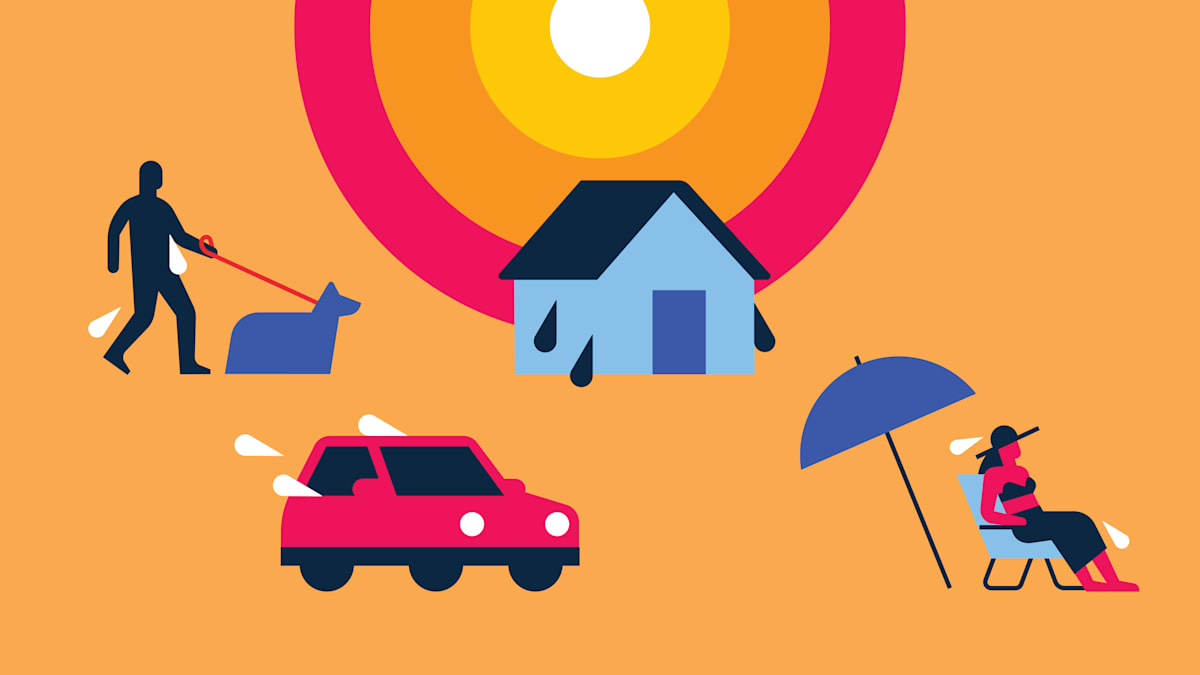
Even if you have air conditioning—like 88 percent of U.S. households, according to the U.S. Energy Information Administration’s 2020 Residential Energy Consumption Survey—you may still struggle to stay cool on the hottest days. What’s more, increased electricity use can lead to brownouts and outages. Here’s how to prepare your home for a heat wave before it happens:
Give your central AC some TLC. Have your central air units serviced annually, and replace the filters every one to two months during the summer for optimal cooling power. If you’re buying new, choose a system with a high seasonal energy-efficiency rating (SEER), which tells you how efficient a central air conditioner is. Or consider air conditioning alternatives. Evaporative coolers, which are best for a dry climate, chill outdoor air before it’s directed into your home. Another option is an energy-efficient electric heat pump, which provides cool air in summer and heat in winter.
Help your window AC beat the heat. Place window units in north-facing or shaded windows. A unit pounded by the sun will have to work much harder to cool a room. Keep heat-emitting objects such as computers, TVs, and lamps out of the line of the unit’s airflow for the same reason. Vacuum window unit filters every couple of weeks, wash the filters with warm water and soap at least every two months, and replace the filters when they’re worn.
Add insulation and seal up leaks. Check your windows for gaps that can let hot air in and pricey chilled air out. The Department of Energy recommends caulk for nonmoving elements (such as a fixed pane) and weather stripping for windows. For larger spaces around a window, use foam sealant. Have a certified or licensed contractor evaluate your attic insulation to ensure it’s adequate.
Consider bigger steps. Planting deciduous trees on the south side of your house provides shade in summer. Painting the exterior a light color will reflect heat instead of absorbing it. “Cool roof” coating materials can shed heat but are best in warmer climates, where you need less heat gain from the sun in the winter.
Install window treatments. Cellular shades can lower unwanted solar heat by up to 60 percent. Window reflectors reflect heat back outside, and awnings will shade windows and outdoor areas, reducing the amount of heat that gets inside.
Invest in an air purifier. High heat can diminish indoor air quality, increasing particulate pollution. An air purifier can significantly reduce such compounds. Also, be aware that a KF94 or KN95 mask may not be your best friend in hot weather when air quality is poor during events like wildfires. “One way we regulate body temperature is by exhaling,” Marquez says, meaning that a heavy-duty mask may interfere with this heat-shedding mechanism. Wear a surgical mask instead.
Consider backup power. A generator can keep your AC and appliances running when the power is out. You may also want a battery- or solar-powered radio, or a portable power station to keep phones charged.
Find a cooling center. Many communities have places where you can go to cool down. To find one, call your local Office of Emergency Management or enter your ZIP code at 211.org. Or plan to head to a library, mall, or café.
Have a plan for important medications. If you need to refrigerate medications, be prepared for outages by keeping a small cooler ready to be filled with ice or cold packs, and a thermometer to monitor the temperature (keep it between 36° F and 40° F). If you have electric-powered medical devices, discuss backup power sources with your equipment supplier, power company, or police or fire department.
